Editor’s Note: Robin North is a member of LTV’s sponsored content team, The Leisure Explorers. Do you own a Leisure Travel Van and enjoy writing? Learn more about joining the team.
We’re getting ready to travel again. We’ve had our COVID vaccines, we’ve been exercising to prepare for anticipated hikes, and we’re checking out the RV systems and equipment. Our next trip will be to visit our daughter in Maryland. That is a 700-mile journey, with at least one stop to enjoy between here and there.
When talking over the route, Jim asked if I had found a dark sky site along the way. If you’re not familiar with dark sky sites, they are areas with no, or very low, light pollution, meaning you can see a dark sky with “billions and billions” of stars, as astronomer Carl Sagan used to say. With so many cities lining the east coast of the US, finding a dark sky site seems almost impossible, but with a little research, we found two good candidates between Atlanta and Baltimore: Maryland Community College Observatory and Star Park, located in the Blue Ridge Mountains of northwestern North Carolina, and Staunton River State Park in southern Virginia.
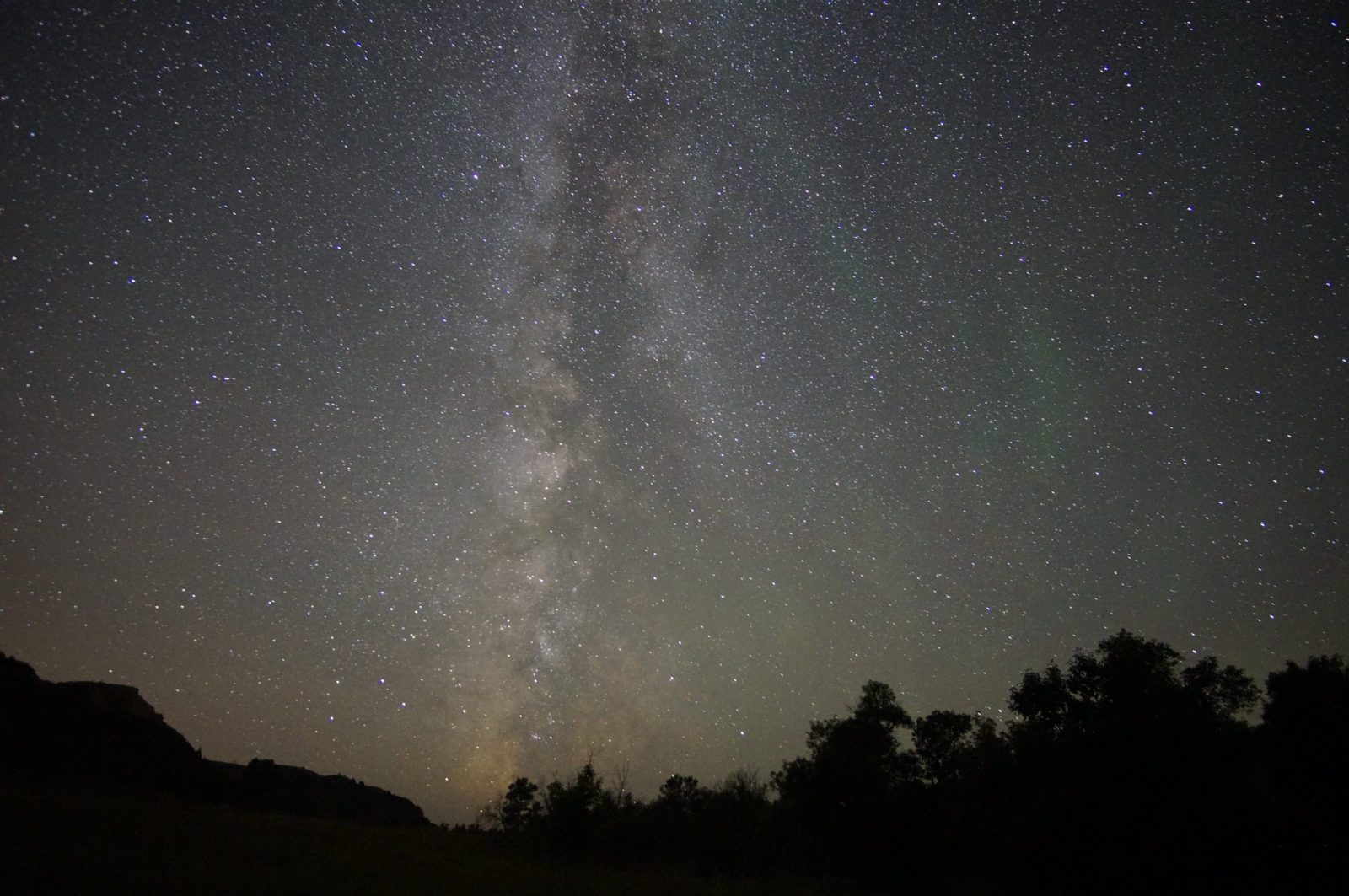
Stargazing wasn’t always on our list of RV activities. We got interested in stargazing when we took a trip west a couple of years ago. Driving through amazing natural landscapes that were as remote as they were beautiful, we scored a campsite at Badlands National Park. During the day we hiked the striated canyons, looking for wildlife like bison, prairie dogs, and antelope. But at night, the sky around us was “alive” with stars.
Most of our travel destinations are natural areas, but there are few places as remote as Badlands on our regular itineraries. Our favorite places, like the Gulf Coast beaches, may offer lovely sunsets and starry skies for our evening walks, but the sky is more of a backdrop rather than a spectacle. Not so at Badlands. There, camped among the craggy rock formations, we felt surrounded by starlight. In that vast, open space, with no trees or buildings to frame the view, the night sky felt closer. It seemed to drop in all around us, with only a line of distant mountains on the horizon. We could see great drifts of stars rather than just a general, twinkling scatter, and the sheer number of stars visible was awe-inspiring.
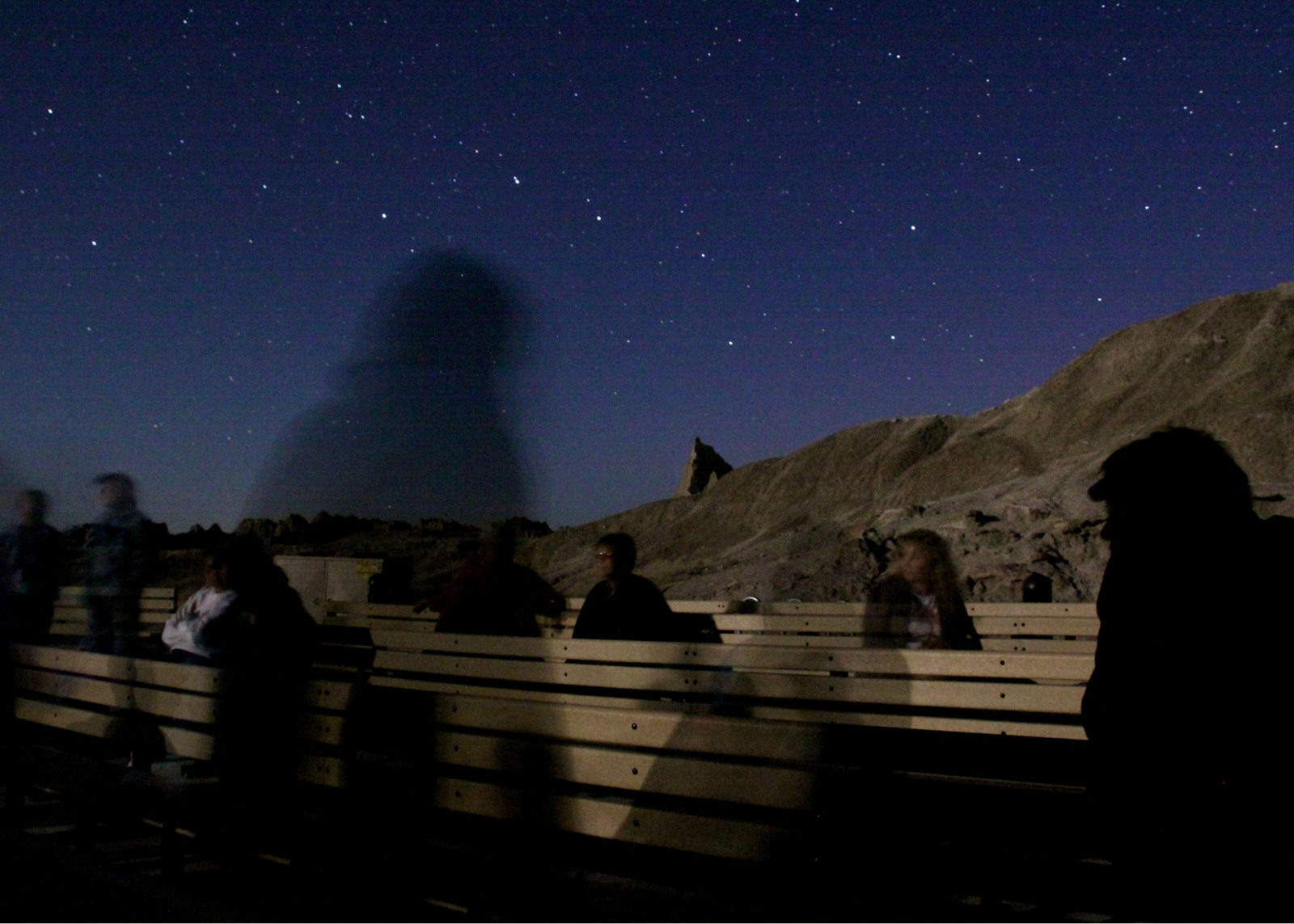
Badlands National Park offers a ranger-led program on the night sky. It is a great way to orient yourself with the constellations. When we asked why the sky looked so different in the Park, the ranger told us about the growing problem of light pollution and the importance of dark sky sites. Turns out that dark skies are not just beautiful for stargazing, but they are also good places for wildlife and humans. We take our cues from the daylight and dark, so light pollution can have an impact on our health. Research suggests that artificial light at night can negatively affect us, increasing risks for obesity, depression, sleep disorders, diabetes, breast cancer, and more.1 The same holds true for wildlife, who depend on the regular circadian rhythm for migration, mating, and finding food.
Light pollution includes everything from urban sky glow to excessive outdoor lighting. The National Park Service estimates that more than 80% of the US population cannot view the Milky Way near their home because of light pollution.2 Understanding the importance of dark skies, the National Park Service has its own Night Sky Team that helps to protect this dwindling resource by measuring and monitoring changes in the amount of light pollution. You can learn more about the impact of dark skies on the website of the International Dark-Sky Association.
What started as a casual interest in stargazing while camping has blossomed into a regular part of our RV trip itinerary. We plan our trip routes with dark sky sites in mind, and although we cannot always find one, you can be sure we will be enjoying the night sky almost anywhere we camp. In fact, we are so captivated by the evening spectacle that we now watch the weather forecast while camping for stargazing as much as we do for daytime activities!
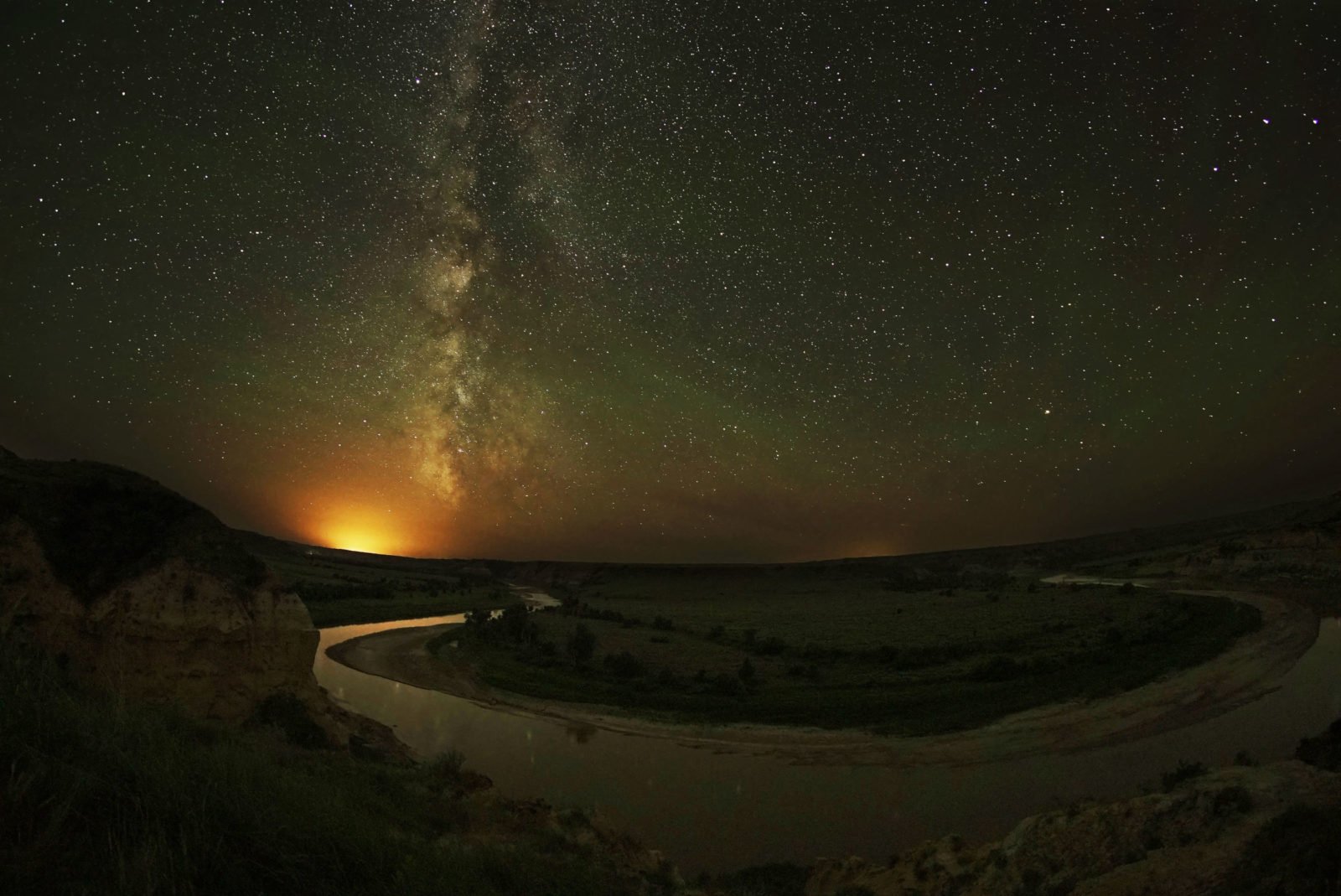
The Art of Stargazing
If you think stargazing is little more than looking at the night sky, there are a few things that might change your perspective. From observing the phases of the moon to identifying constellations, planets, and satellites, studying the night sky is your passport to space and time. Humans have always watched the skies, and many ancient cultures had complex systems for following stars and planets and their seasonal variations. When we stargaze, we join the grand parade of astronomers and astrologers who came before us. They watched the skies to understand the seasons, predict solar events, and even speculate about the future. And when you consider that the nearest star to Earth, Proxima Centauri, is 4.25 light-years away (that’s 40,208,000,000,000 km!),3 the number of stars we can see and their distance from earth is mind-boggling.
Identifying constellations is always a guessing game for us amateur astronomers, but there is help with Google’s Sky Map app – just point your mobile phone to the sky and it will show you the constellation above you, along with the planets, stars, and even satellites. You might also do a bit of constellation prep study with this Constellation Guide by the McDonald Observatory (the University of Texas at Austin). They also provide a fascinating study of how the signs of the zodiac relate to astronomy, and how people have related history to the movement of comets, stars, and planets.
After our introduction to stargazing at Badlands National Park, we realized that stargazing is a great way to enjoy camping even more than we already did. It is an experience to be savored. We take time choosing the right campsite with a good view of the open sky. After dinner, we set up the camp chairs, get out the binoculars, grab a jacket, and settle in for an evening outdoors. Starting our stargazing at sunset may seem a bit unusual, but you’d be surprised by what you can see just after the sun disappears beneath the horizon. Often, planets are visible before the stars. And watching the sky change from the deep oranges of sunset to the velvet-black of the night sky is a spectacle in itself.

Preparing for Your Stargazing Adventure
Finding a “Dark Sky” Site
Most people will have difficulty finding a 100% dark sky without driving long distances (here, RVers have the advantage!). But if you look for a place where the sky is dark in the direction you want to observe, it is a bit easier to find a good spot. For instance, if you want to see the center of the Milky Way galaxy, look for a site that has a dark sky to the south with no major cities in that direction. Many national parks are dark sky areas, and there are even state parks that qualify. You can find a list of dark sky sites on the International Dark-Sky Association’s website. And, the National Parks Conservation Association website hosts a list of the best dark sky parks.
Check the Weather and Moon Phase
As RVers, we always check the weather, but checking the weather for stargazing goes a little further than the general forecast. You are looking for nights with clear skies, low air pollution, and the “right” phase of the moon. Any phase of the moon will work for stargazing, but the best is when the moon is at its least visible. The full moon is a kind of light pollution in itself and can obscure some stars. But even with a full moon, you can still see lots of stars and constellations while the moon is low in the sky.
Choose the Right Equipment
For RV travel, we recommend a good pair of binoculars for stargazing. Though it is tempting to purchase a telescope, it can be expensive, fragile, and somewhat complicated to use. Binoculars are easier to hold steady and, unlike a telescope, they are pretty simple to adjust. The typical 7 x 50 magnification binoculars are just fine for viewing the heavens at night. Even an inexpensive pair can perform “double duty” for bird watching, wildlife spotting, and stargazing. And in a small RV, they are a lot easier to pack!
Also, bring along a flashlight with a red lens. The red tint helps your eyes to adjust to low light. You can use this to make your way to the stargazing area and to read your star charts. If you use a regular white light to view your star charts, you’ll have difficulty adjusting back to the dark. Instructables Workshop has a good “hack” for a DIY red lens made with any flashlight and several layers of red cellophane.
Look for Stargazing or Astronomy Programs
As we found, national parks often have ranger-led programs on the night sky. You can also check universities and astronomy groups in your area or the area you’re traveling in. Visit the USA offers a list of observatories in the US, with information on dark sky sites across the country.
If you prefer a DIY approach, take along a star chart such as “Guide to the Stars” by Ken Graun or the Smithsonian’s “Star Finder” to help you find constellations and planets and identify stars. Star charts can be purchased at most bookstores and are often available at national park visitor centers.
Get Comfortable
You can make your stargazing adventure more comfortable with just a few amenities. Check your camp chairs to see how comfortable they are when leaning back and looking up. If you have chairs that are too “straight-backed” for stargazing, you might want to set up a quilt or air mattress on the ground with a few pillows to support your neck while you stargaze.
In the summer months, you’ll probably need some insect repellant, since mosquitos and gnats seem to emerge as the sun goes down (especially near wetlands or water features). Dress appropriately for the weather and season, but keep in mind that evenings can get chilly even in summer, so a windbreaker or sweatshirt is great to have on hand as the sun goes down. And it won’t hurt to take along a bottle of water or thermos of coffee, depending on the weather.
An RV is a wonderful travel option and allows us to enjoy out-of-the-way places perfect for stargazing. Of course, the bonus is that we get to take along all the comforts of home!
Cover image photo credit Jacob W. Frank/National Park Service
1 International Dark-Sky Association, ‘Light Pollution/Human Health’, darksky.org, International Dark-Sky Association, darksky.org/light-pollution/human-health, (accessed 10 March 2021). ↩
2 Lynn Davis and Jennifer Errick, ’10 Spectacular Parks for Stargazing’, npca.org, National Parks Conservation Association, 2014, npca.org/articles/378-10-spectacular-parks-for-stargazing, (accessed 10 March 2021). ↩
3 NASA Goddard Space Flight Center, ‘The Cosmic Distance Scale’, imagine.gsfc.nasa.gov, NASA Goddard Space Flight Center, 2020, imagine.gsfc.nasa.gov/features/cosmic/nearest_star_info.html, (accessed 10 March 2021). ↩


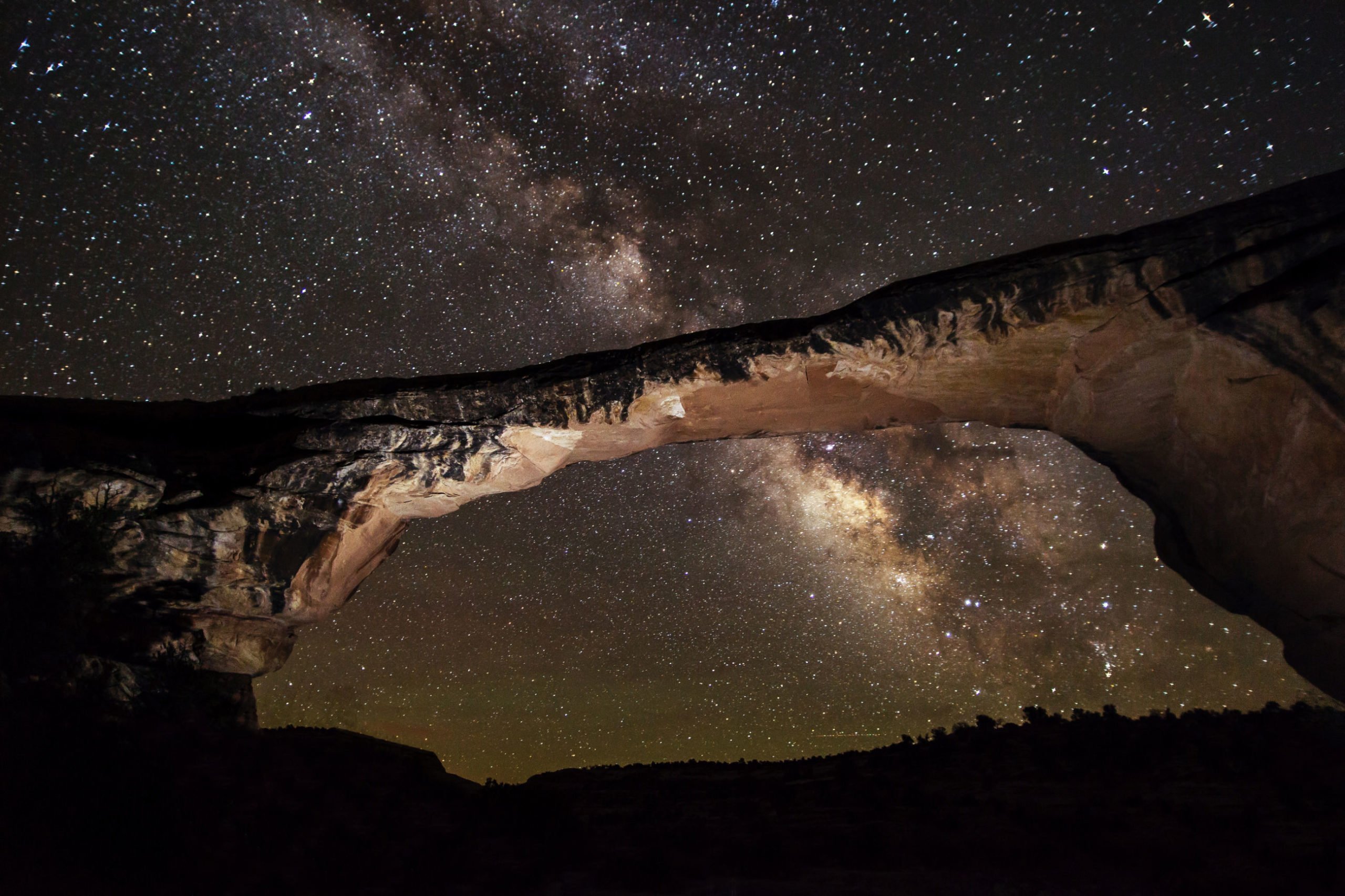
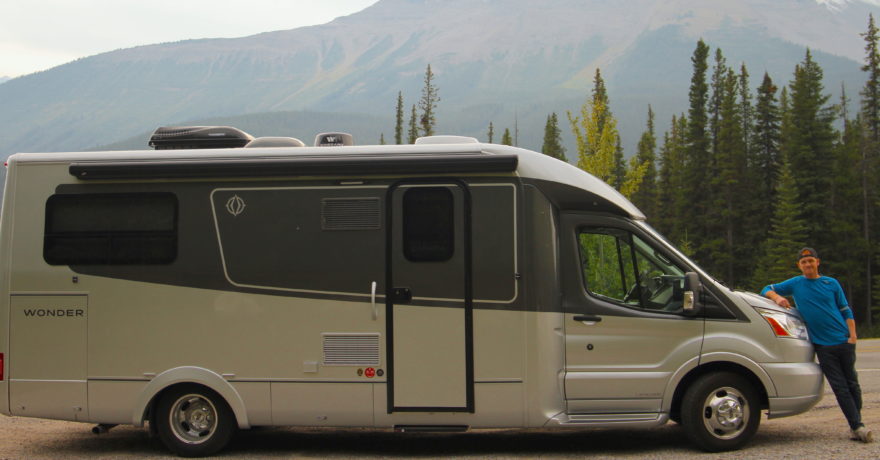

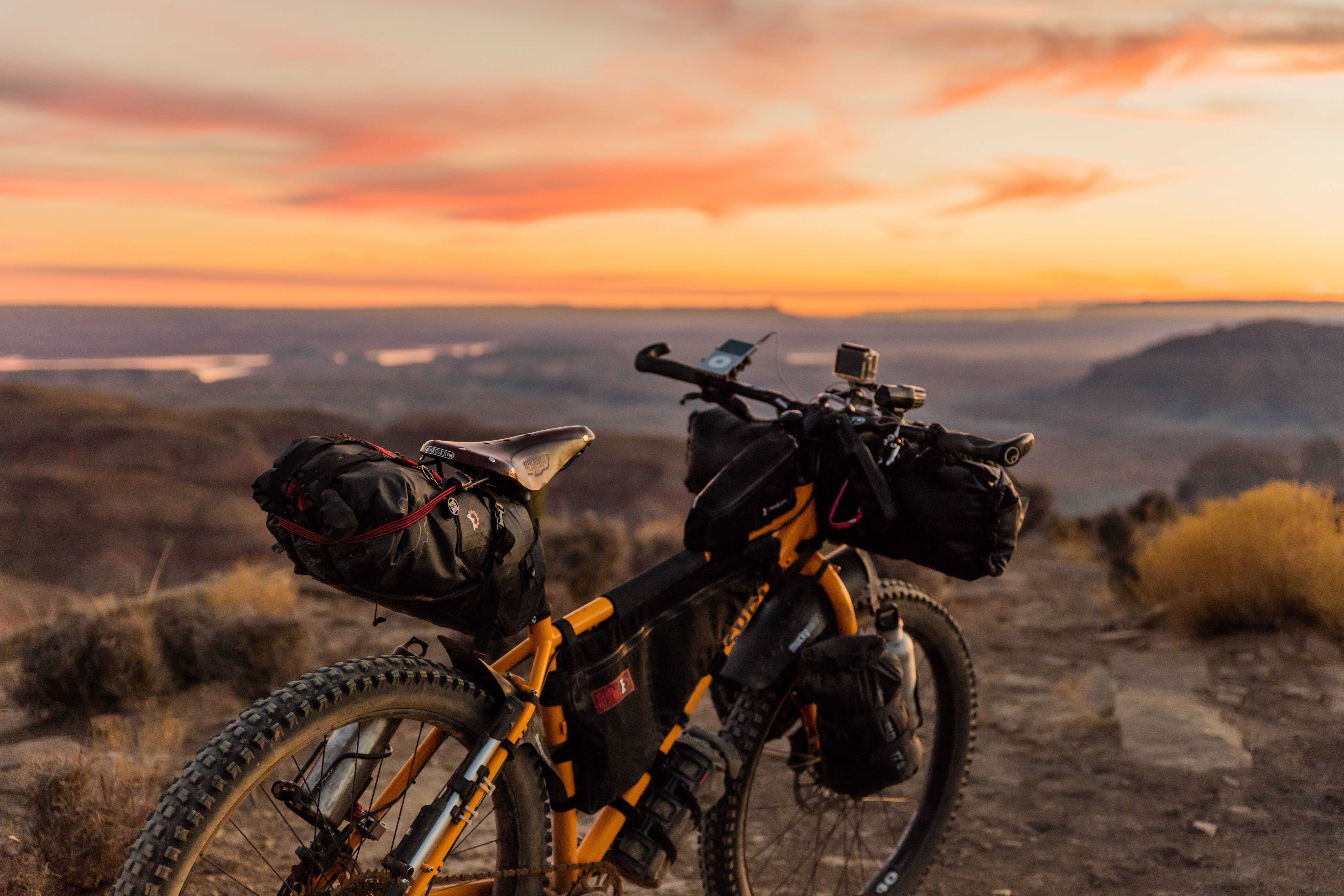
Comments